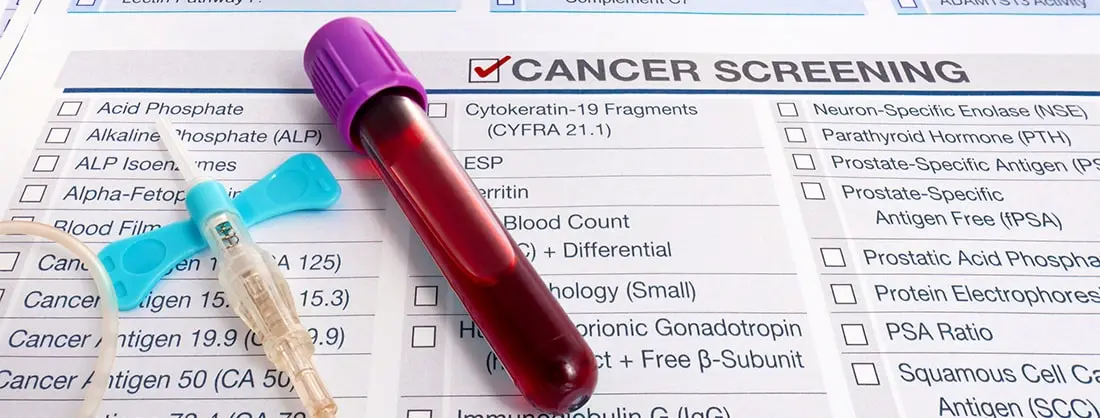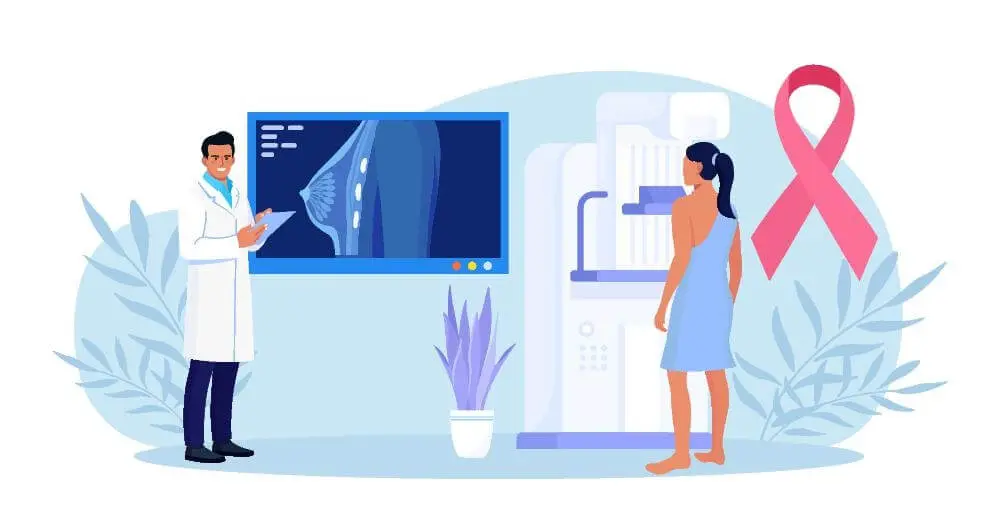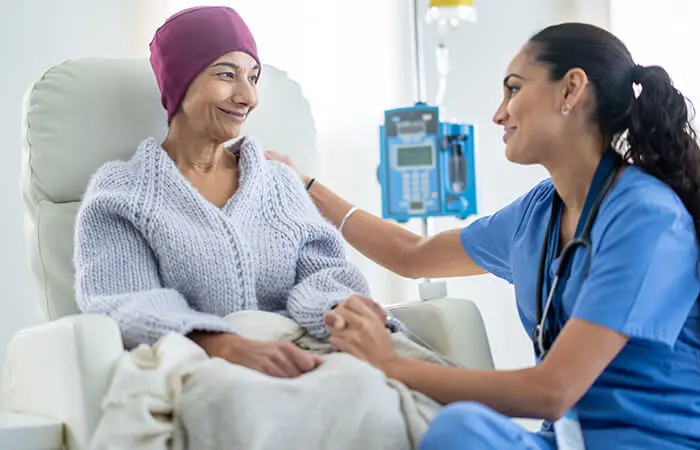
1. What is Cancer Screening?
Cancer screening involves a range of tests designed to detect cancer or precancerous conditions in individuals who have no symptoms. These tests are typically recommended based on age, gender, and risk factors. Early detection through these screenings can prevent the development of cancer or identify it at a treatable stage.
2. Why Early-Stage Cancer Detection Matters
Early-stage cancer detection is essential because it allows for treatment before cancer spreads to other parts of the body. Treatment at an early stage is often less aggressive, less costly, and more successful. For example, detecting breast cancer in its early stages often leads to a high rate of survival with minimal treatment. The goal of early detection is not only to treat but also to prevent cancer from advancing to a more serious, life-threatening stage.
3. Cancer Screening Tests for Early Detection
There are various types of cancer screenings, each targeting a specific type of cancer. Here are some of the most common tests and their importance:
Breast Cancer Screening
- Mammogram: A mammogram is an X-ray of the breast that can detect tumors or changes in breast tissue even before symptoms appear.
- Breast MRI: Recommended for individuals at higher risk, this test uses magnets and radio waves to create detailed images of the breast tissue.
Cervical Cancer Screening
- Pap Smear: This test collects cells from the cervix to detect abnormal cells that could turn into cancer.
- HPV Test: Detects the presence of the human papillomavirus (HPV), a virus that can lead to cervical cancer.
Colorectal Cancer Screening
- Colonoscopy: A procedure that allows doctors to examine the colon for abnormalities, such as polyps or signs of colorectal cancer.
- Fecal Occult Blood Test: A non-invasive test that checks for hidden blood in the stool, which could indicate colorectal cancer.
Lung Cancer Screening
- Low-Dose CT Scan: This scan helps detect lung cancer in high-risk individuals, such as smokers, by creating detailed images of the lungs.
Prostate Cancer Screening
- PSA Test: Measures prostate-specific antigen (PSA) levels in the blood, which may be elevated in prostate cancer.
- Digital Rectal Exam: A physical examination used to check for irregularities in the prostate.
Skin Cancer Screening
- Skin Examination: A thorough examination by a dermatologist to check for unusual moles or skin changes that could indicate skin cancer.
Cancer Screening Comparison Table
| Cancer Type | Screening Test | Recommended Age/Group | Frequency |
|---|---|---|---|
| Breast Cancer | Mammogram, Breast MRI | Women over 40, high-risk | Every 1-2 years |
| Cervical Cancer | Pap Smear, HPV Test | Women aged 21-65 | Every 3-5 years |
| Colorectal Cancer | Colonoscopy, Fecal Occult Blood Test | Adults over 50 | Every 10 years |
| Lung Cancer | Low-Dose CT Scan | Smokers, high-risk individuals | Annually |
| Prostate Cancer | PSA Test, Digital Rectal Exam | Men over 50, high-risk groups | Annually or biennially |
| Skin Cancer | Skin Examination | High-risk individuals | Annually |
4. How to Start Cancer Screening
To start cancer screening, it is crucial to consult with a healthcare provider who can assess your personal risk factors, such as family history, age, and lifestyle. Based on this information, your doctor will recommend the appropriate screenings and guide you on the right time to begin and the frequency of testing.
5. Key Takeaways
- Cancer screening is essential for preventing and detecting cancer in its early stages, leading to more effective treatments.
- Regular screenings improve the chances of identifying cancer before symptoms develop.
- Each type of cancer requires different screening tests, and it is important to follow recommended guidelines based on individual risk factors.






